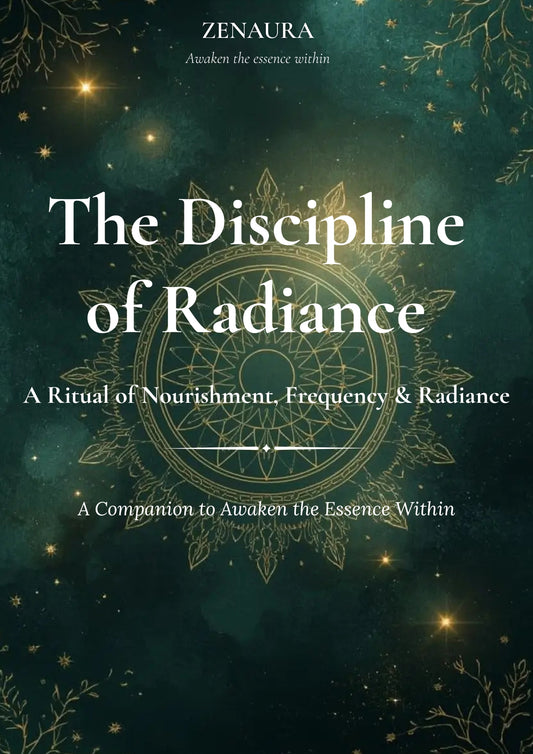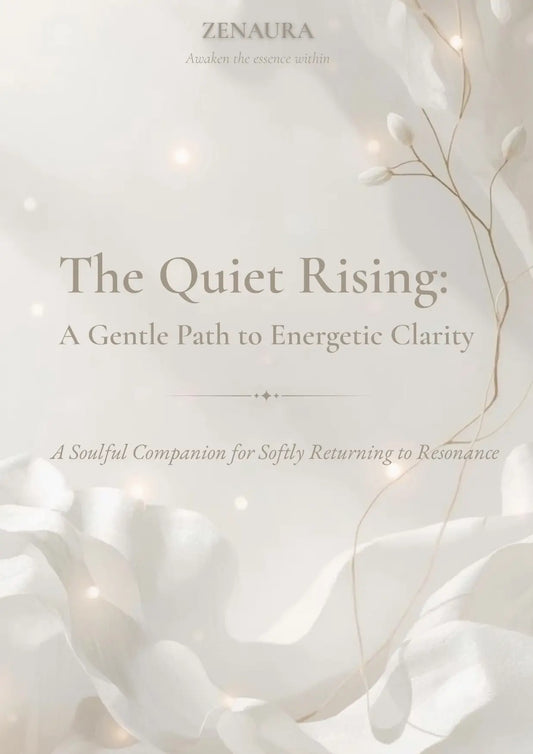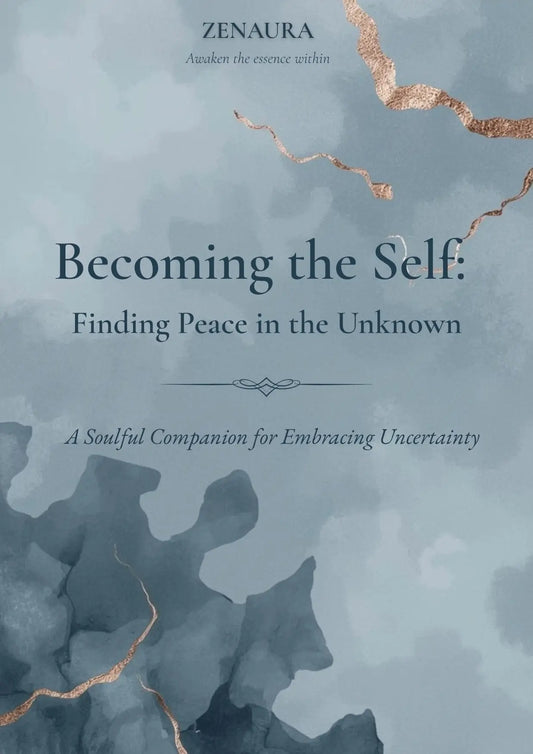
The Law of Adaptability: Thrive in a Rapidly Changing World
The old adage that a “jack of all trades is a master of none” no longer holds the same relevance. In a world evolving at unprecedented speed—shaped by artificial intelligence, technological innovation, and global shifts—narrow specialisation alone is insufficient. Industries transform, markets fluctuate, and careers once considered stable may vanish or change beyond recognition. Those who cling to outdated skills, familiar routines, or comfort zones risk stagnation, missed opportunities, and an erosion of personal agency.
Adaptability has emerged as the defining skill of personal growth, career resilience, and self-sovereignty. It is not merely about survival—it is about thriving amid uncertainty. Each day presents an opportunity to learn something new, to venture beyond familiar territory, and to engage with the unfamiliar in ways that expand competence and confidence. The capacity to pivot gracefully, to absorb change without losing direction, and to embrace discomfort transforms uncertainty into advantage. Adaptability is the conscious practice of being prepared, versatile, and open, allowing individuals not only to endure change but to leverage it for growth, purpose, and meaningful achievement.
The Law of Adaptability recognises that life is fluid, circumstances are unpredictable, and mastery in isolation is fragile. The world does not pause for those unprepared. Yet those who cultivate adaptability navigate shifts with clarity, foresight, and agility, converting the challenges of change into pathways for opportunity and personal evolution.
Stepping Out of the Comfort Zone
Comfort, though reassuring, can become a quiet prison. The modern world does not reward the tireless maintenance of predictability; it celebrates those who venture beyond familiarity. Those who step into the unknown, embrace calculated risks, and willingly face discomfort often uncover possibilities that remain invisible to those who cling to safety.
Success in today’s landscape is not measured by sheer endurance or effort alone. It is measured by the intentionality of learning, the courage to experiment, and the capacity to stretch one’s abilities across multiple domains. Each step outside the comfort zone hones resilience, sharpens judgment, and strengthens the capacity to respond with poise to unpredictable circumstances.
Embracing discomfort is, paradoxically, a form of liberation. It opens avenues for personal growth that routine cannot provide. By confronting uncertainty and accepting the unfamiliar, individuals gain insight into their strengths, limitations, and untapped potential. Opportunities emerge not simply as a result of effort, but from the courage to act when conditions feel uncertain, when outcomes are not guaranteed, and when conventional paths offer no guarantee of fulfillment.
The act of stepping out is incremental. It may begin with small shifts—trying a new approach to a task, engaging with a different perspective, or exploring a novel skill. Over time, the practice of leaving comfort behind cultivates an inner flexibility, a readiness to respond to life’s unpredictable rhythms, and a confidence that is independent of circumstances. In this way, discomfort becomes a teacher, guiding individuals toward deeper self-awareness, stronger capabilities, and a greater sense of agency.
Learning Multiple Skills: Versatility as Power
Specialisation, once the hallmark of expertise, can now be a limitation. In a rapidly changing world, relying on a single skill, however polished, risks obsolescence. Adaptability requires cultivating versatility, the ability to acquire new skills, cross-train in diverse domains, and respond fluidly to shifting circumstances.
Versatility is not merely functional; it is empowering. Each new skill learned expands the boundaries of possibility, enabling individuals to navigate disruptions with confidence rather than fear. Cross-disciplinary competence allows for creative problem-solving, strengthens decision-making, and ensures relevance in environments where change is constant. Those who continuously broaden their capabilities refuse to be constrained by outdated structures, uninspiring roles, or environments that no longer serve their growth.
Learning multiple skills transforms the relationship with work itself. It allows individuals to construct careers aligned with passion, autonomy, and purpose, rather than merely sustaining employment. Multiple competencies create flexibility—enabling one to pivot across roles, industries, or methods of delivery—whether through remote work, entrepreneurial ventures, or hybrid models that defy traditional workplace constraints. In essence, versatility is a form of personal sovereignty, a declaration that one’s value is not fixed but continuously evolving in step with opportunity.
This approach fosters resilience as well. By avoiding over-reliance on any single skill or approach, adaptability provides a buffer against economic, technological, and societal disruptions. The capacity to integrate knowledge across domains, to learn rapidly, and to apply insight creatively, positions individuals not merely to survive change but to leverage it, transforming potential disruption into a landscape of opportunity.
Adapting to Global Shifts
Change is no longer an occasional occurrence—it is a constant rhythm, flowing through economies, politics, technology, and global society. The Law of Adaptability emphasises that personal growth and resilience arise from alignment with this flow rather than resistance. The world rewards those who can adjust, pivot, and innovate. Those who cannot risk stagnation, frustration, and the gradual erosion of relevance.
External shifts—whether technological breakthroughs, global economic trends, or societal transformations—can be daunting. Yet the adaptable respond with curiosity and deliberate action rather than fear. They observe emerging patterns, anticipate change, and continuously refine strategies to remain relevant. Adaptability is thus both proactive and reactive, a daily practice of assessment, learning, and realignment.
Aligning with change also fosters clarity and intentionality. Those who resist risk falling behind not only professionally but personally. Adaptable individuals, by contrast, remain alert to emerging possibilities, able to pivot with confidence and embrace innovation as a natural aspect of life. Change ceases to be a source of anxiety; it becomes a tool, a medium through which growth, mastery, and meaningful achievement are realised.
Global shifts demand a mindset of agility. It is not enough to react superficially; adaptation requires understanding, anticipation, and readiness. It involves recognising that failure or misalignment is part of the learning process, and that the capacity to adjust is more valuable than static expertise. The adaptable do not merely survive change—they flourish within it, cultivating relevance, autonomy, and opportunity even when circumstances are uncertain.
Practical Steps to Embrace Adaptability
Adaptability is a practice, cultivated daily through intention, reflection, and action. It begins with a commitment to continuous learning. Each day offers an opportunity to acquire new knowledge, skills, or techniques that strengthen one’s capacity to respond to evolving circumstances. This deliberate accumulation of competence ensures readiness in the face of uncertainty.
Stepping beyond familiar patterns is equally essential. Experimenting with new tasks, industries, or approaches fosters growth that cannot occur within the boundaries of routine. Flexibility, in thought and action, becomes a cornerstone of adaptability, allowing individuals to navigate shifting systems, relationships, and responsibilities without rigidity.
Regular assessment and proactive pivoting are vital. Continuously evaluating one’s skills, strategies, and alignment with personal purpose against external changes ensures that action remains relevant and effective. Adaptability is not reactive alone—it is strategic, anticipating where adjustment is needed before challenges become crises.
Ultimately, adaptability aligns action with freedom and purpose. It provides the tools to reclaim autonomy, pursue meaningful work, and design life in accordance with personal values rather than external constraints. By integrating learning, flexibility, assessment, and alignment, individuals transform uncertainty into a canvas for creativity, growth, and self-sovereignty.
The Freedom of Adaptability
Those who master adaptability navigate life with resilience, clarity, and confidence. They create opportunities rather than wait for them, avoiding stagnation and maintaining relevance in a rapidly evolving world. True freedom emerges not from comfort or routine, but from skill, courage, and the capacity to flow with change.
The Law of Adaptability reframes uncertainty as potential rather than threat. By embracing discomfort, expanding competence, and aligning with shifting circumstances, individuals cultivate personal sovereignty and agency. Growth, opportunity, and fulfilment are no longer contingent on external stability—they become a natural consequence of continuous evolution.
Adaptability is not simply a survival skill; it is a principle of flourishing. It transforms unpredictability into advantage, equipping individuals to respond gracefully to life’s complexities. Those who internalise this law discover that true mastery lies in movement, in learning, and in the conscious willingness to embrace the unknown with curiosity, resilience, and purpose.
In a world defined by rapid change, adaptability is the compass that guides, the skill that empowers, and the lens through which uncertainty becomes a field of possibility. The Law of Adaptability teaches that thriving is not reserved for the cautious or the static, but for those who evolve daily, learn relentlessly, and move with confidence into the new and unfamiliar.






